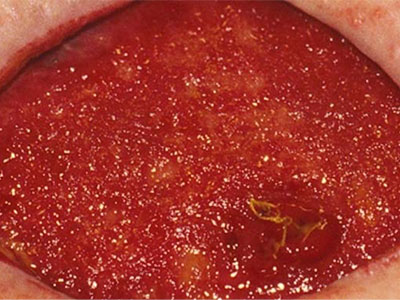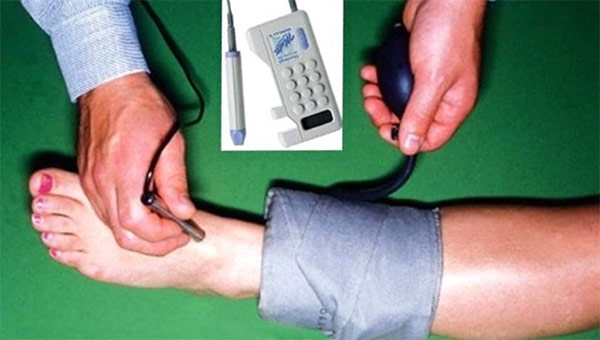Texting Tips for Provider Offices
September 27th, 2017 | ArchiveTexting is one of the best parts of having a smart phone. Who doesn’t enjoy the speed and convenience of texting to obtain or share information? But in the context of healthcare, texting without running afoul of HIPAA is problematic. To help providers text while ensuring patient privacy, AHP is answering some texting FAQs:
What are we talking about when we are referring to “texting”?
Texting refers to SMS or Short Message Service, a service available on all smart phones that provides immediate messaging between individuals, most commonly over a cellular network.
Why is texting challenging when it comes to healthcare communications?
Since texting requires no authentication, installation or sign up, it consequently provides absolutely no assurance of security, privacy, or confidentiality. For that reason, texting to share protected health information (PHI) violates AHP’s and URMC’s HIPAA policies.
So providers shouldn’t use SMS messaging at all?
As long as providers are careful to avoid PHI, texting can still be used. Below is an example of an acceptable text message:
“Dr. Smith, this is Dr. Jones. I just performed a lap chole on your patient JP. Everything went well. Please feel free to call with questions.”
While the message does identify the sender and provides clinical relevance and context, there is still no patient-identifiable information.
Great! Is there a resource that lists all of the identifiers I should avoid when texting?
Download or print the list below.
T-P30
















